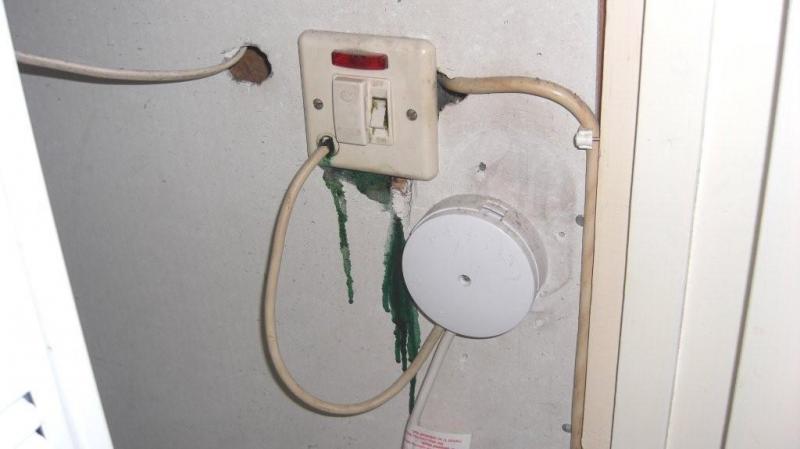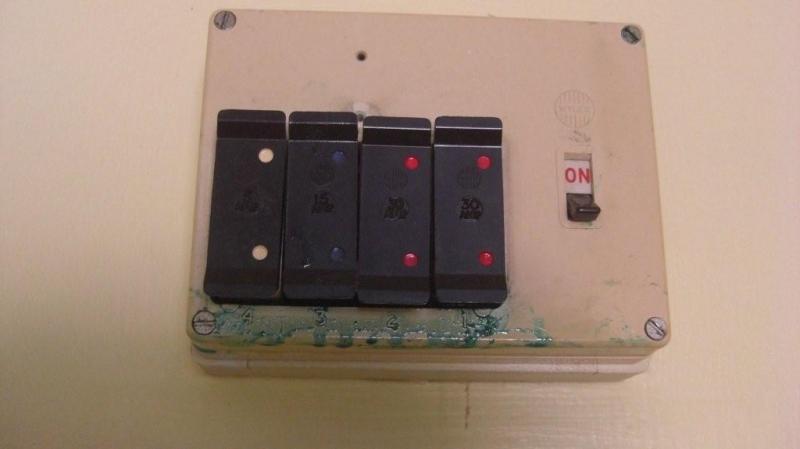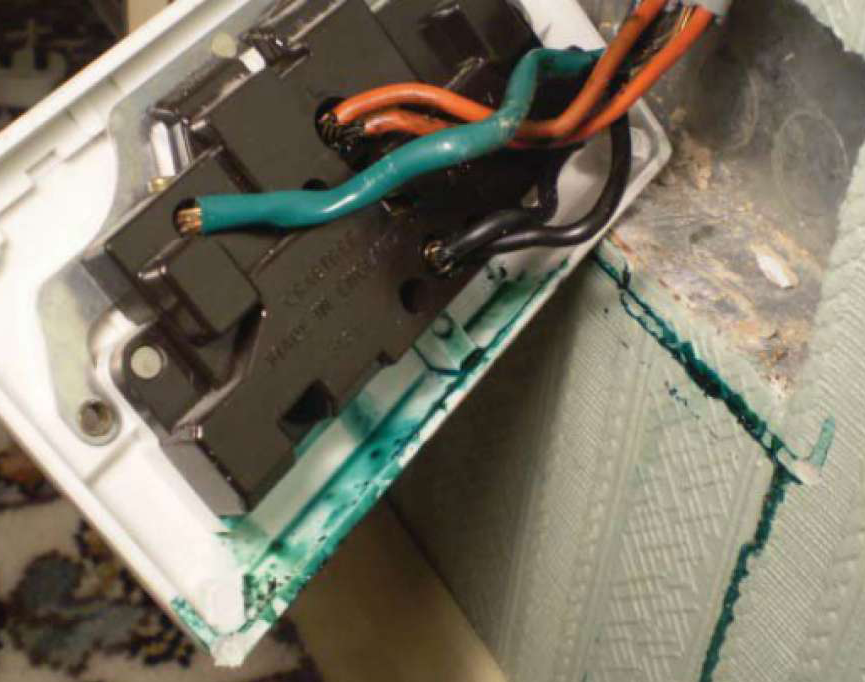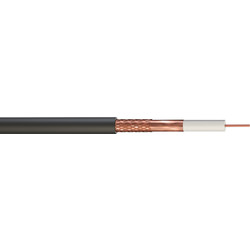Yours is an interesting comment, with which I do not completely agree.In 50 years time, electrical installations will be totally different and much of what's used now will be totally obsolete.
British electrical practice, somewhat caught up with that of other countries with BS 1363 - introduced in 1947.
The extra safety of Line and Neutral "Pin" half insulation was not required under BS 1363 until 1984.
Being quite "parochial", I must inform you that (by the mid 1930s) at least one country had already taken all that could by then be obtained from British, European and American practice (starting in 1930 - 90 years ago) and "amalgamated" those into a "Standard", which has since been used from there on in the country concerned and (somewhat) adopted by other countries.
You may wish to view https://cool386.com/plug/plug.html for further information on this matter.
The Plug/Socket-Outlets concerned in Australia/NZ have not changed much since the 1930s, except in regard to the extra safety of "Pin" half insulation. This was not required until 2005, well after BS1363 was changed in 1984 to require such insulation.
While such "insulation" has been required on Australian/NZ plugs sold since April 2005, this "safety feature" does no yet pertain in North America.
Weather you, I or others like it or not, the "common" practices in most countries since WW II (apart from North America) has been to adopt much of DIN practice.
While "searching", I have found it to be a bit "insulting" that it is not easy to find that DIN stands for the "Deutsches Institut für Normung" (which is the German national organization for standardization )
It seems quite incredible that "Western Europe", the "USA" and many other countries now owe so much to the DIN standards in every day life but do not acknowledge their debt to these "standards"





